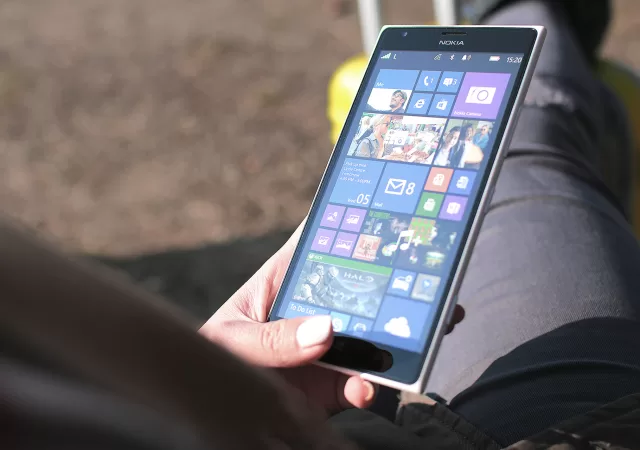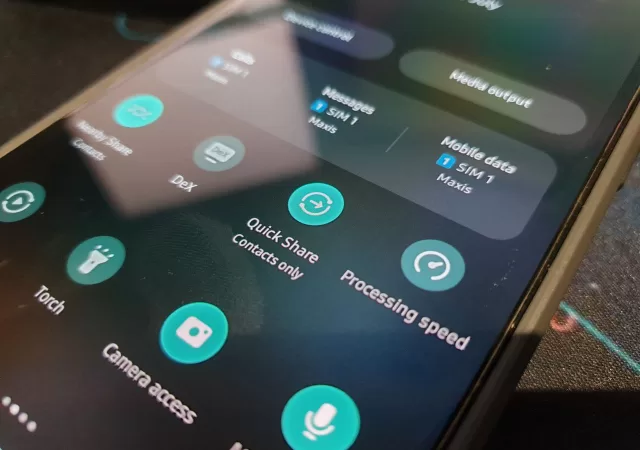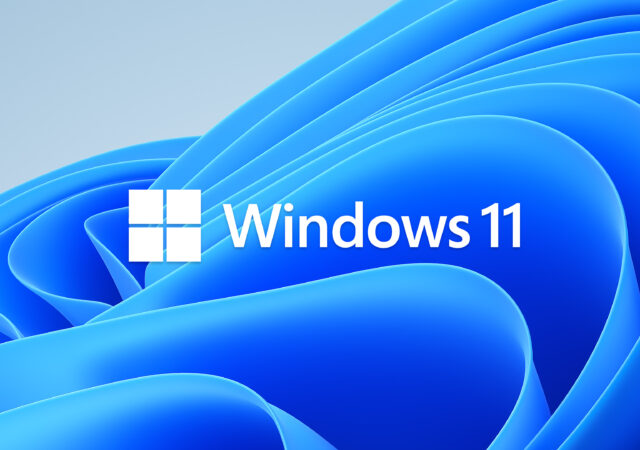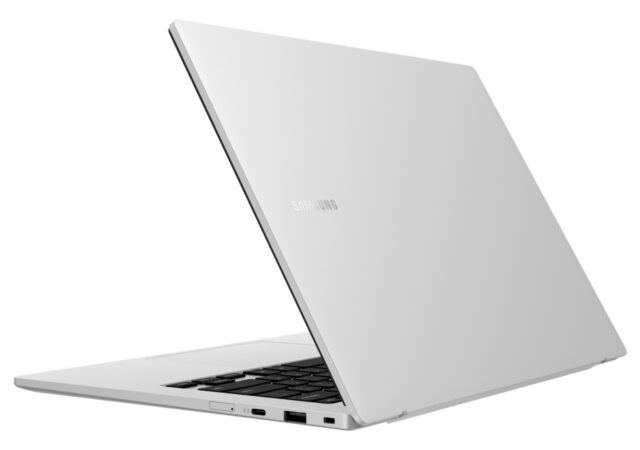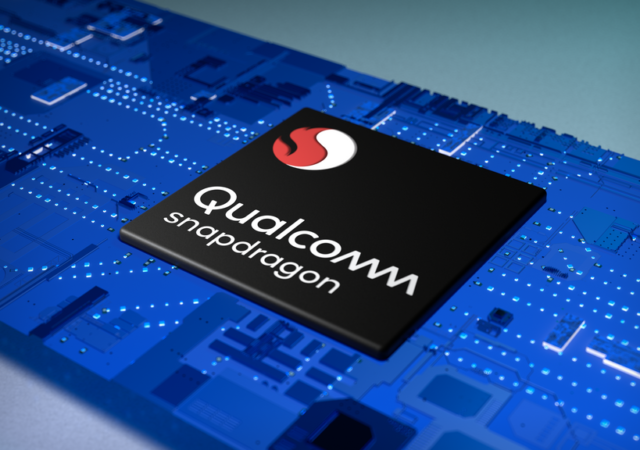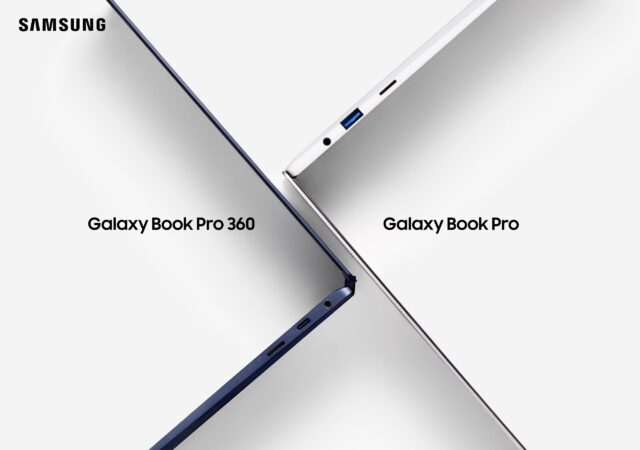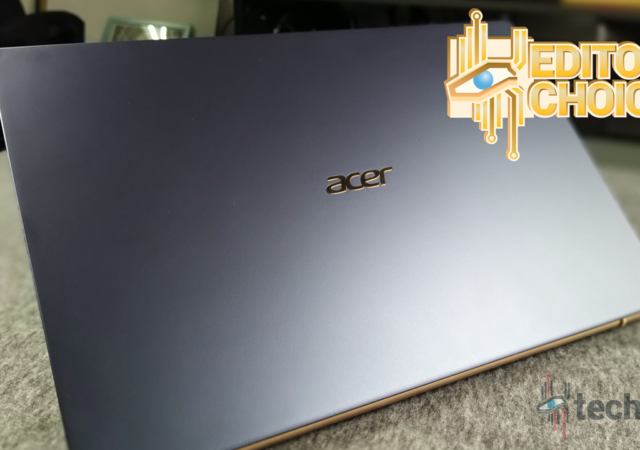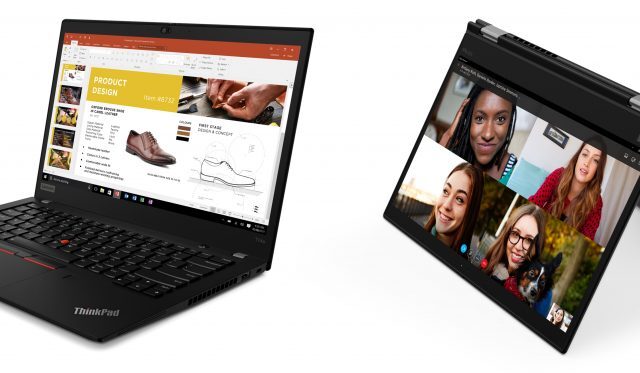Microsoft quietly pulls support for Windows 10 Mobile, restricting access to app downloads and feature updates. Users of Microsoft Store app have experienced some issues accessing the homepage and app details pages. Get the details of Microsoft’s decision to no longer support Windows 10 Mobile.
Samsung’s Quick Share App Goes to Other Windows Devices
Samsung has released their latest Quick Share update and made it available to other Windows OS devices to work with their Galaxy smartphones.
Samsung’s Galaxy Book Go and Galaxy Book Go 5G Brings Qualcomm’s Snapdragon Compute Platform to Windows.
Samsung Galaxy Book Go marries the goodness of Qualcomm’s Snapdragon 7c SoC to Windows’ goodness for all-day battery and great performance.
Qualcomm Announces Snapdragon 7c Gen 2 Compute Platform for Laptops
Qualcomm looks at addressing the growing need for powerful, affordable systems for a Work from Anywhere future with the Snapdragon 7c Compute Platform.
Samsung Unpacked Event Launches the Samsung Galaxy Book Pro and Galaxy Book Pro 360
Samsung launches their new notebook experience witht the Samsung Galaxy Book Pro and Galaxy Book Pro 360 notebook PCs at April Unpacked 2021.
JOI Book SK3000 Launches with Qualcomm Snapdragon 850 Power for MYR 2,199
JOI launches their new JOI Book SK3000 packing Qualcomm’s Snapdragon 850 SoC powering Windows 10 Pro for MYR 2,199.
Acer Swift 5 (2019) Review: Slim, Light and Powerful
Acer Swift 5 is one of the company’s offerings for their thin and light line up. How does it stack up when it comes to performance and value? Read on to find out.
Lenovo ThinkPad Laptops 2020 Upgrade – Better Working Experience
Lenovo has brought more innovation into their ThinkPad Lapto[s. Giving the user more convenience in all of their T, X, and L Series.
techENT Download | Coronavirus hits Apple, Windows Gets a Makeover and more
Catch up with the week’s tech happenings with the latest techENT Download! The 3rd Week of February saw Apple be affected by the Coronavirus, Cadillac explore EVs, more news about the Galaxy Z Flip and more!



